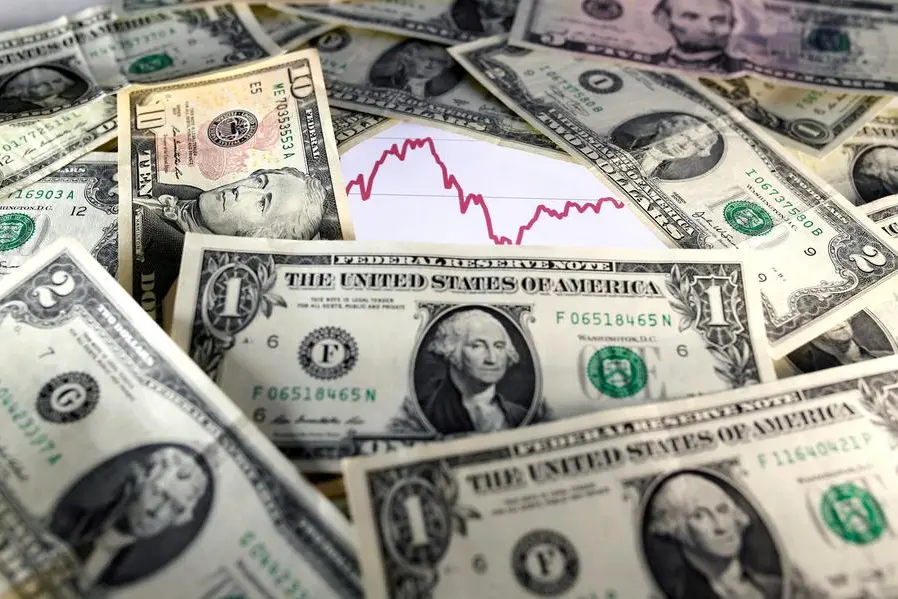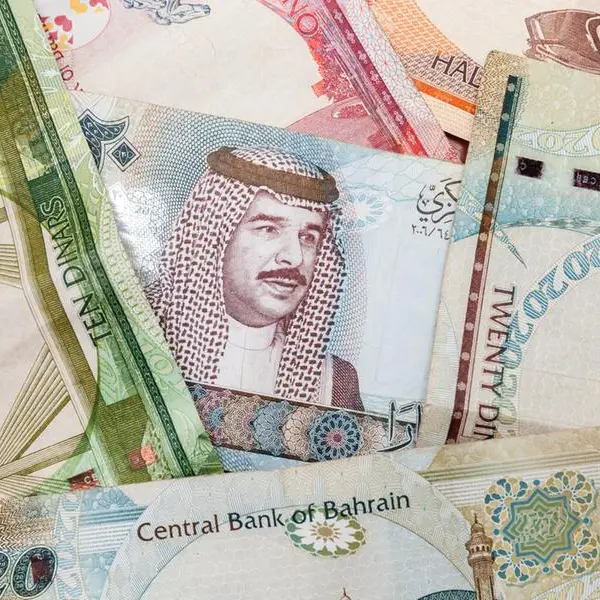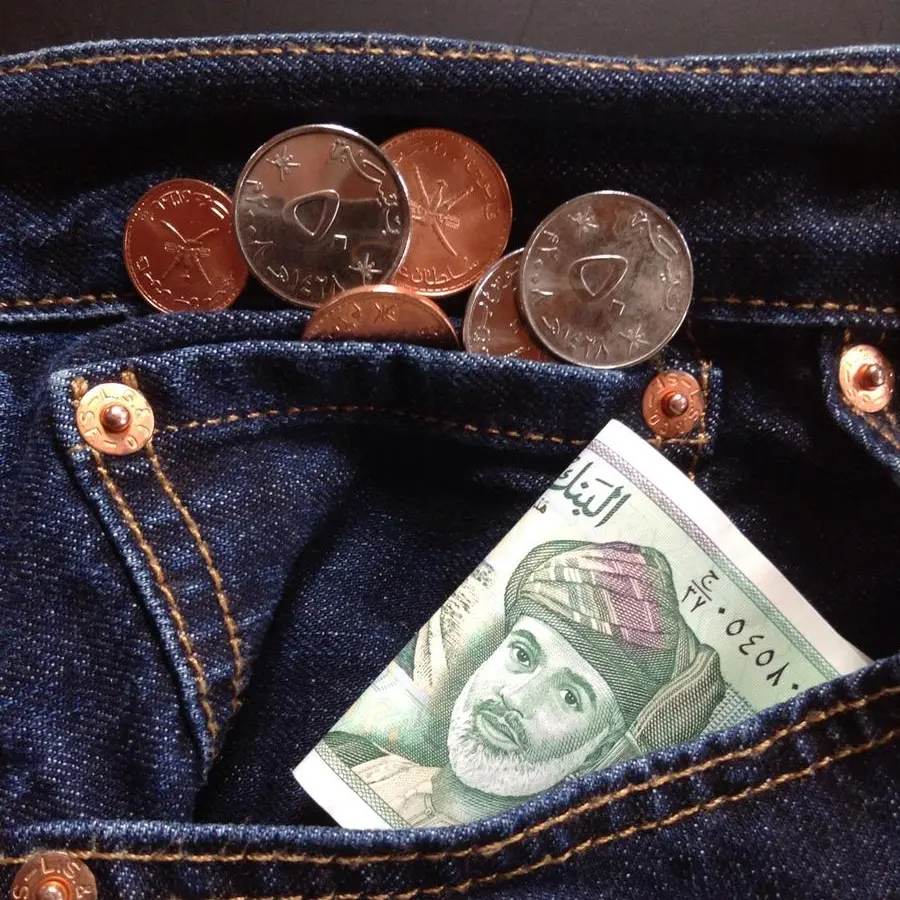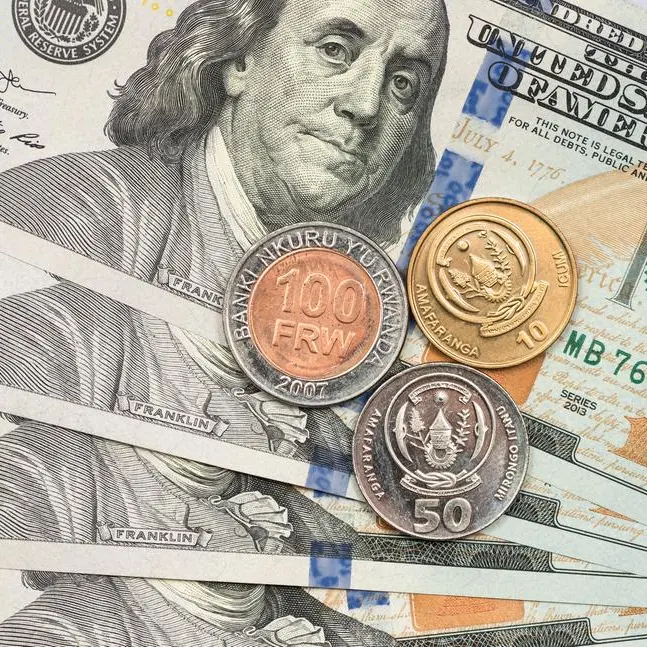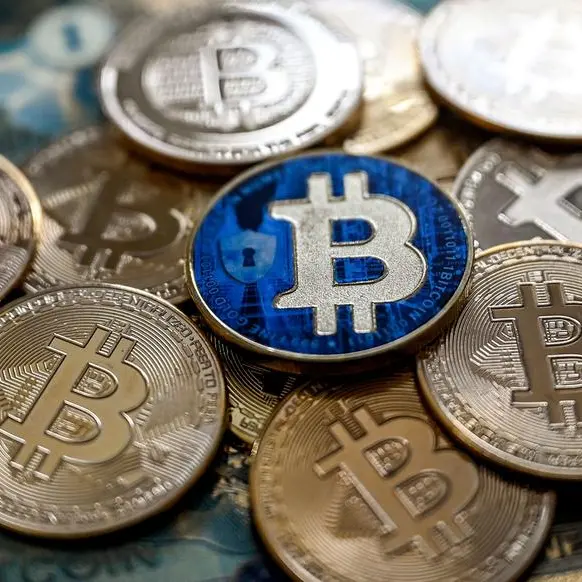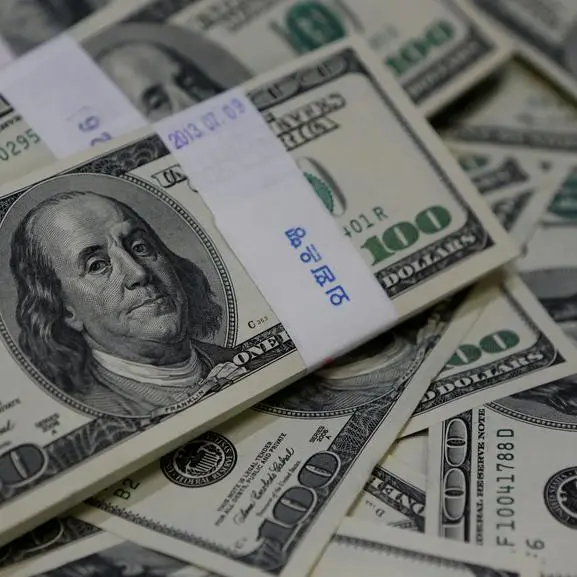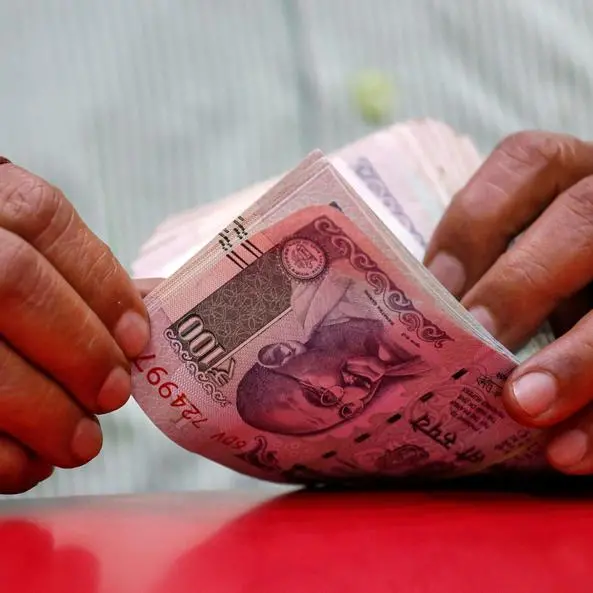PHOTO
LONDON - The U.S. dollar was perched near it highest in more than two months against major currencies on Tuesday, spurred by wagers the Federal Reserve will proceed with modest rate cuts in the near term.
A string of U.S. data has shown the economy to be resilient, while inflation in September rose slightly more than expected, leading traders to trim bets on further large rate cuts from the Fed.
The U.S. central bank kicked off its easing cycle with an aggressive 50 basis point move at its last policy meeting in September but market expectations have shifted to a slower pace of cuts, boosting the dollar.
Traders are now ascribing an 89% chance of a 25 bps cut in November, with 45 bps of easing overall priced in for the year.
The dollar index, which measures the U.S. currency against six rivals, was at 103.19, just shy of 103.36, the highest level since Aug. 8 it touched on Monday, having risen after influential Fed Governor Chris Waller called for "more caution" on interest rate cuts ahead.
Fed repricing "has been the main engine for the dollar rebound, especially in relative terms to other central banks," said Francesco Pesole, FX strategist at ING.
"Waller's comments have contributed to the stronger dollar this week," Pesole added.
The euro remained on the back foot, hitting its lowest level since Aug. 8 at $1.0885 ahead of the European Central Bank policy meeting on Thursday, where the central bank looks set to deliver a back-to-back interest rate cut, a move that seemed unlikely at its last meeting in September.
The pound bought $1.3075 after British labour market data showed pay grew at its slowest in more than two years in the three months to August, a pace that should allow the Bank of England to lower interest rates next month.
Expectations that sticky inflation would keep the BoE on a gradual rate cut path relative to its peers - the Fed and the ECB - had underpinned the pound's outperformance this year but shifting bets have pushed it lower in recent weeks, with the pound down over 2% against the dollar for the month.
"Slowing wages should be the key takeaway from today's labour market data," said Jefferies economist Modupe Adegbembo, who expects a quarter-point cut next month.
YEN WEAKNESS ABATES
The U.S. currency's rise has pushed the yen back towards 150 per dollar, especially after a dovish shift in rhetoric from Bank of Japan Governor Kazuo Ueda and surprising opposition to further rate hikes by new Prime Minister Shigeru Ishiba.
That has cast doubts over when Japan's central bank will next tighten policy, with a very slim majority of economists in a Reuters poll expecting BOJ to forgo raising rates again this year.
The yen, however, was slightly stronger in early European trade at 149.07 per dollar, having slid as low as 149.98 on Monday, its weakest level since Aug. 1. The yen is down 3.7% this month.
Oil-exporting currencies were weaker after crude oil prices plummeted on media reports that Israel was not willing to strike Iranian oil targets, easing fears of a supply disruption in the Middle East.
The Norwegian krone was down about 0.4% against both the euro and dollar, while the Canadian dollar dipped 0.1%.
Meanwhile, the Australian dollar fell 0.2% to $0.6710, while the New Zealand dollar eased 0.2% to $0.6083.
China's yuan, both onshore and offshore, weakened to a one-month low against the dollar on Tuesday.
(Reporting by Samuel Indyk in London and Ankur Banerjee in Singapore; Editing by Jamie Freed, Lincoln Feast and Christina Fincher)
